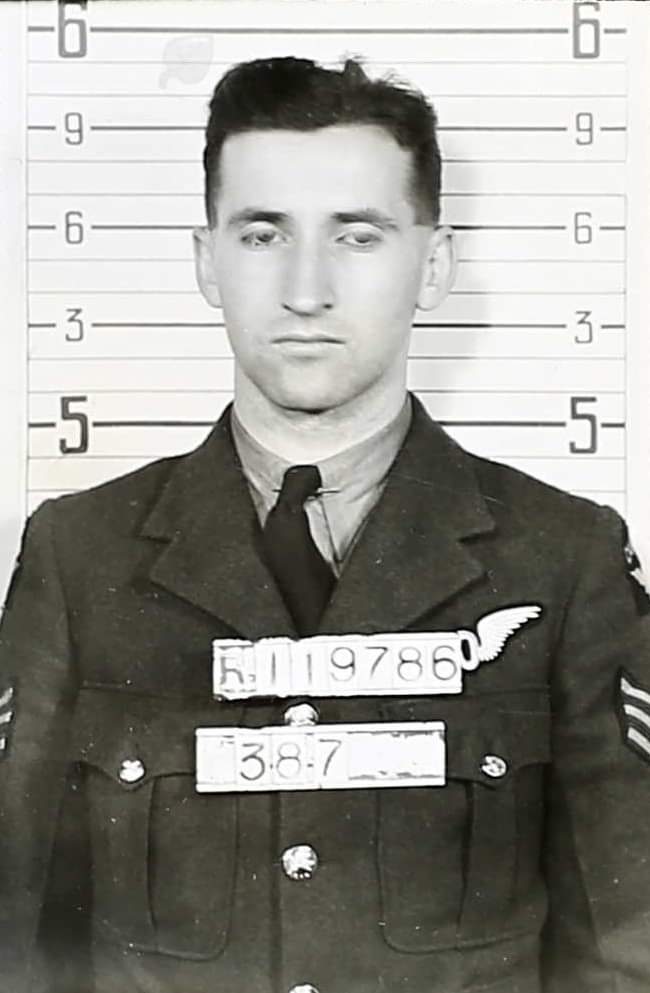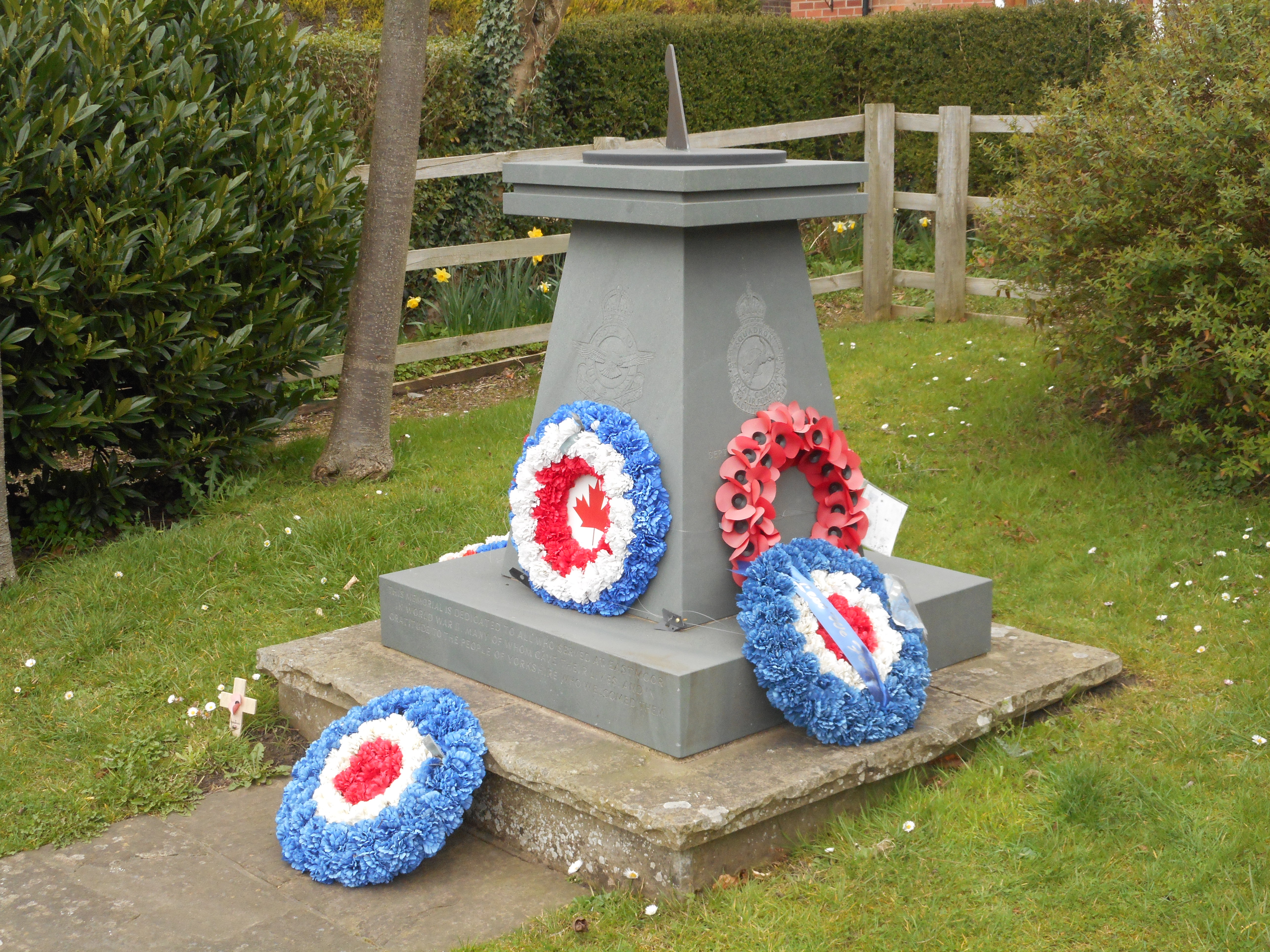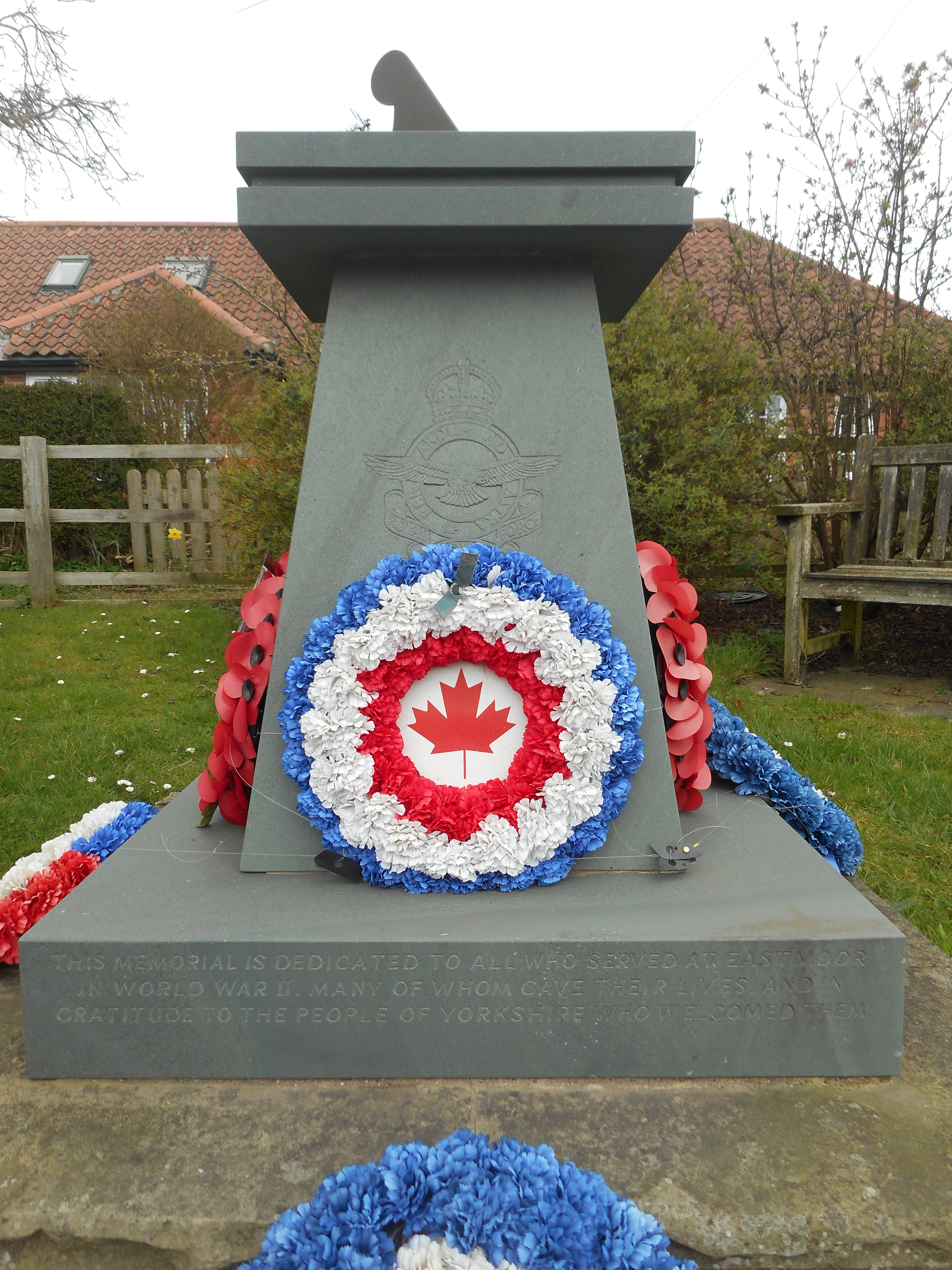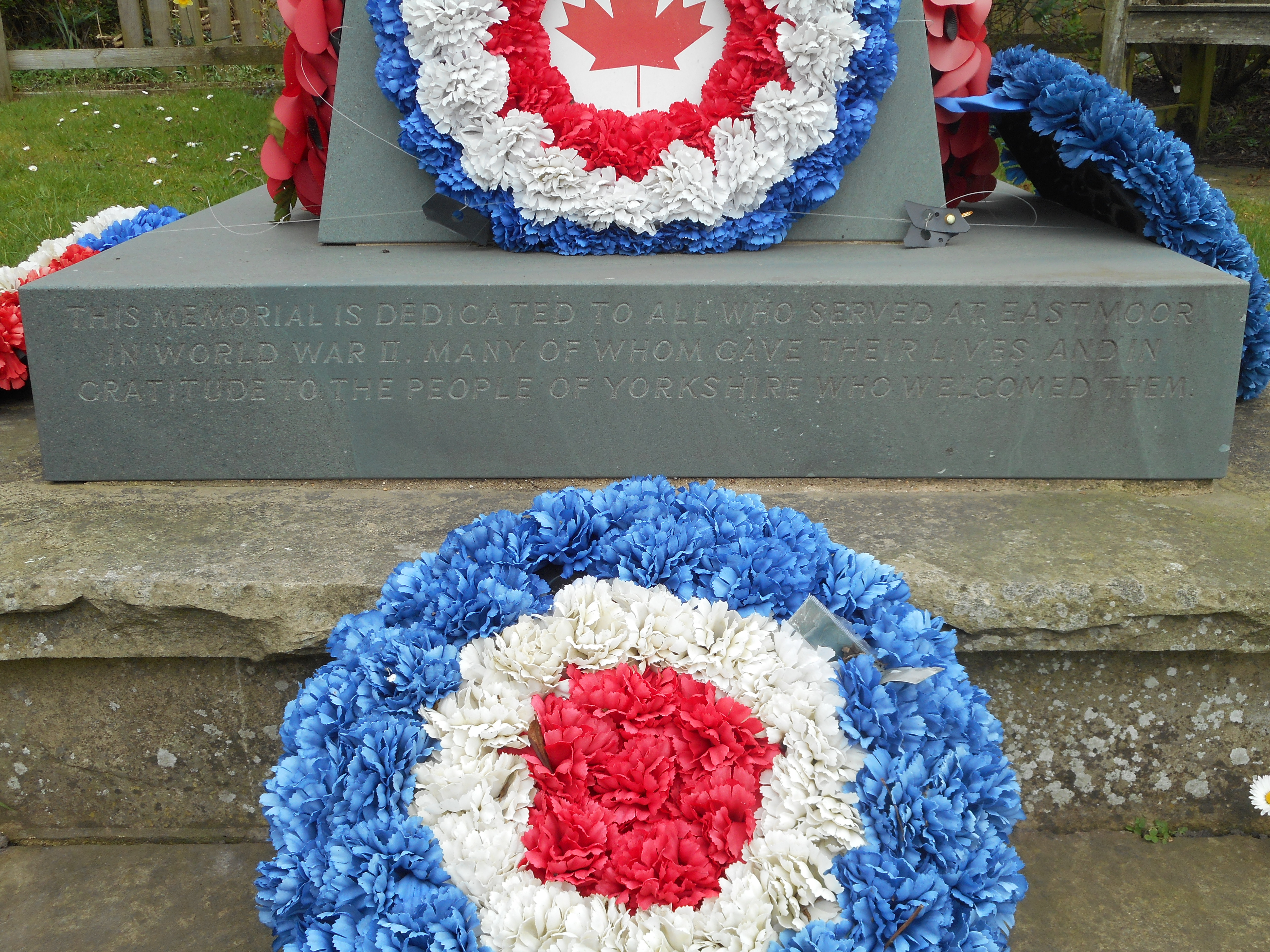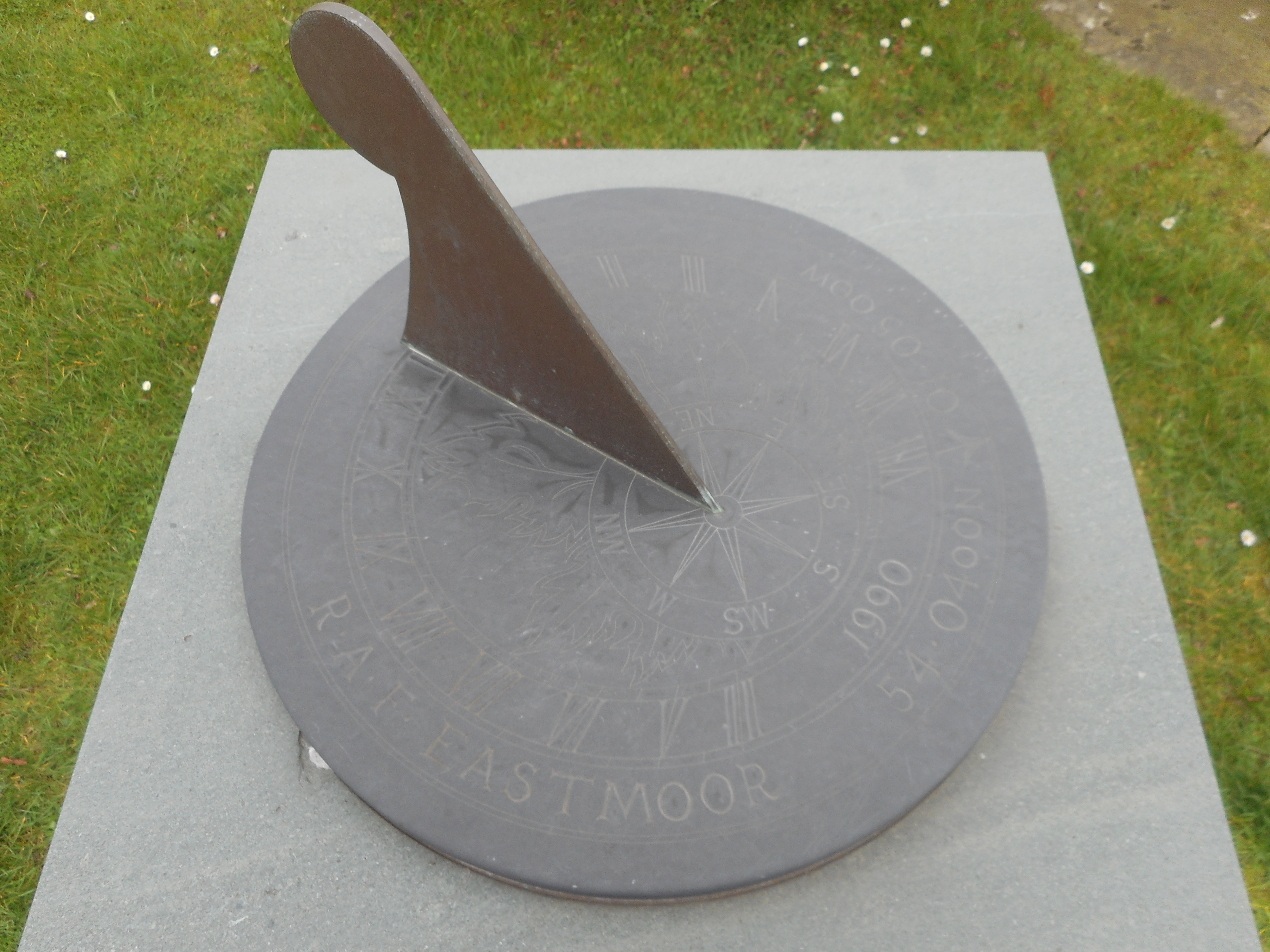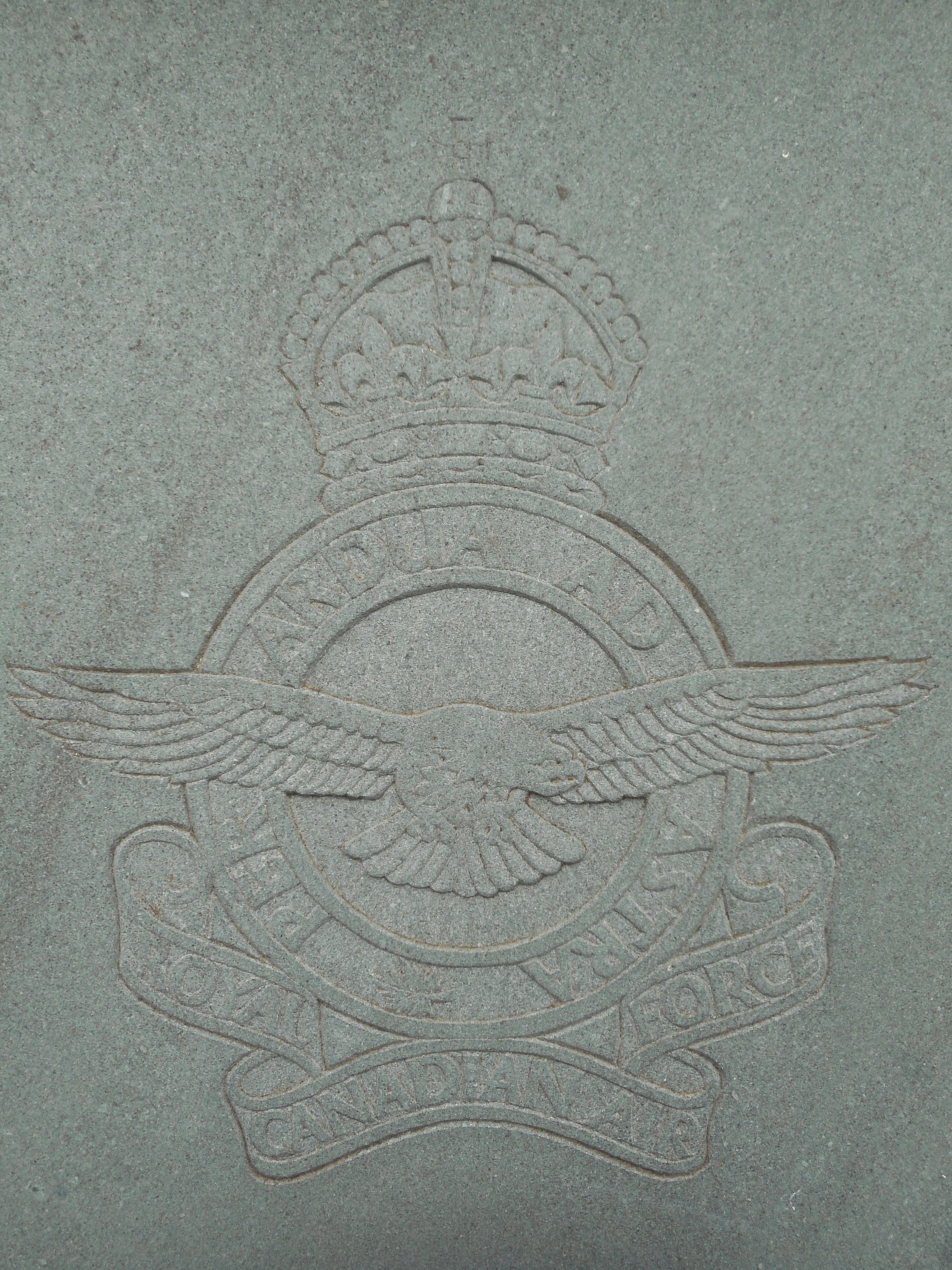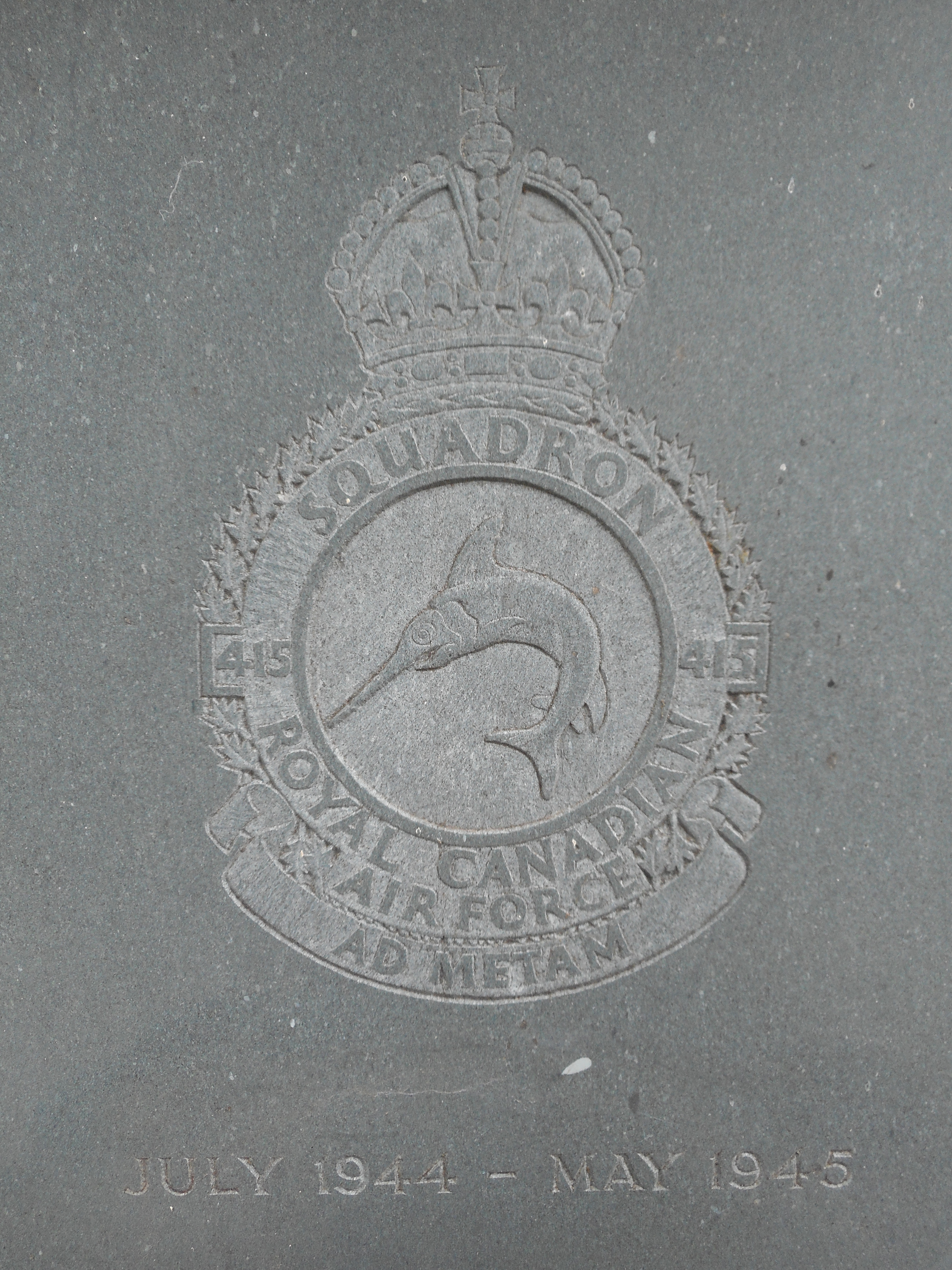Sieffert, Arthur James
Personal Information
| Rank | F/S |
| Forename(s) | Arthur James |
| Surname | Sieffert |
| Gender | M |
| Age | 29 |
| Date of Death | 22-06-1943 |
| Next of Kin | Son of John Shell Sieffert and Amanda M Sieffert (née Parker), of Winnipegosis, Manitoba, Canada. Husband of Norma Sigridur Sieffert (née Frederickson). |
Aircraft Information
| Aircraft | Vickers Wellington X |
| Serial Number | HE981 |
| Markings | AL- |
Memorial Information
| Burial/Memorial Country | Netherlands |
| Burial/Memorial Place | Bergen-op-Zoom Canadian War Cemetery |
| Grave Reference | Coll. grave 25. C. 1-2. |
| Epitaph |
IBCC Memorial Information
| Phase | 2 |
| Panel Number | 241 |
Enlistment Information
| Service Number | R/119786 |
| Service | Royal Canadian Air Force |
| Group | 6 |
| Squadron | 429 (Bison) |
| Squadron Motto | Fortunae nihil (Nothing to chance) |
| Trade | Navigator |
| Country of Origin | Canada |
Other Memorials
| Location | Sieffert Lake, Manitoba; 20km east of Reindeer Lake |
| Country | Canada |
| Memorial Type | Lake |
| Memorial Text |
| Location | Village Centre, Sutton on the Forest, North Yorkshire |
| Country | United Kingdom |
| Memorial Type | Inscribed Stone & Metal Sun Dial |
| Memorial Text | A memorial to all those who served at RAF East Moor and in particular 415 Sqn RCAF |
Miscellaneous Information
| Arthur was born at Winnipegosis, Manitoba on 22 March 1914. His father was a Postmaster, born in Ontario and his mother in New Brunswick. He attended schools in Winnipegosis 1921-1929 and then continued 1929-1932 for (grade XI). He then went to Wesley College, Winnipeg between 1933-1935 studing arts. Arthur then spent the next few years between 1935 and 1940 on seasonal work in the fishing industry for both J. S. Sieffert (family) and Armstrong Gimli Fisheries. He then worked as an Agent at Imperial Oil from 1940 until enlisting on 25 July 1941. He played hockey and basketball. |
| After enlisting and training, he was posted to the U.K. and embarked from Canada on 27 October 1942. After arrival at 3 PRC on 6 November 1942 he then went to 10 (0) AFU 14 December 1942, 22 OTU 23 February 1943, and 429 Squadron on 30 April 1943. |
Commonwealth War Graves Commission
The National Archives
| Record of Events (Operational Record Book) AIR 27/1852/12 |
| Summary of Events (Operational Record Book) AIR 27/1852/11 |
Fellow Servicemen
Please note that this list gives all the losses aboard the quoted aircraft and occasionally these may have occurred on an earlier date when the aircraft was not itself lost. Please check the dates of death carefully.
Last Operation Information
| Start Date | 21-06-1943 |
| End Date | 22-06-1943 |
| Takeoff Station | East Moor |
| Day/Night Raid | Night (80% moon) |
| Operation | Krefeld. 705 aircraft, 44 losses (6.2%) with night-fighters counting for most of the losses (the night was moonlit). PFF marking was near-perfect (using Oboe). A large fire in the centre of Krefeld raged unchecked for many hours. Over 5500 houses destroyed, 1056 people killed and 72000 bombed out of their homes. |
| Reason for Loss | Shot down by a night-fighter and crashed NNE of Roosendaal, Holland |
